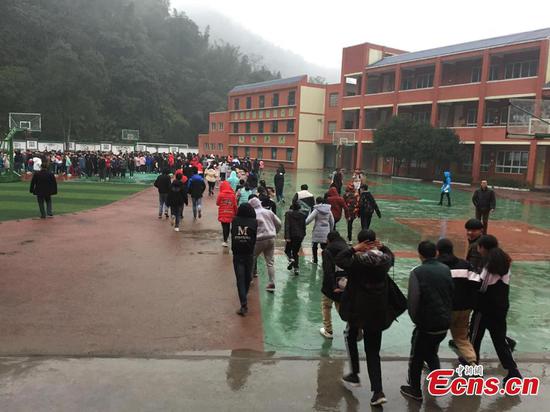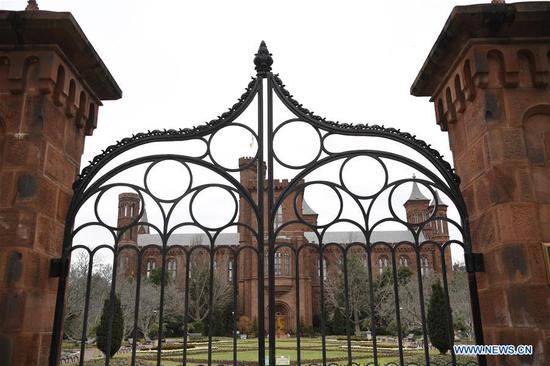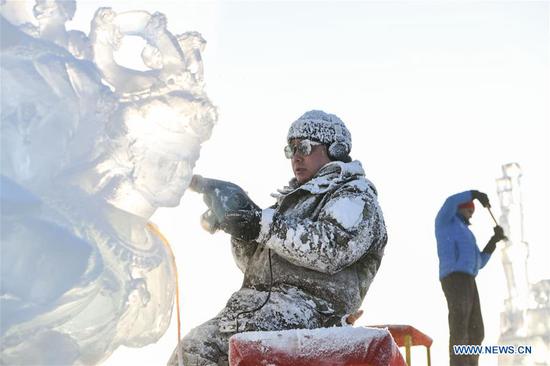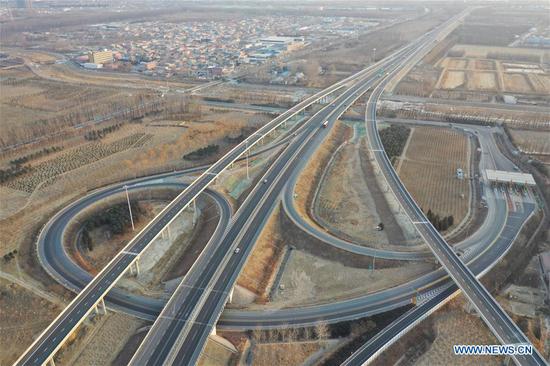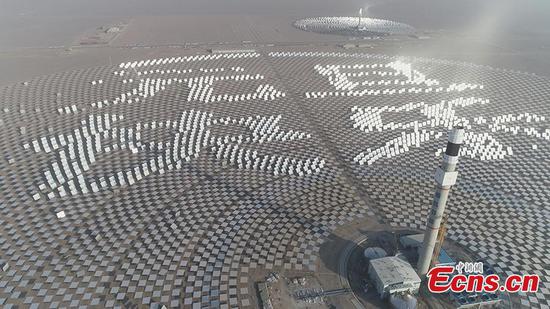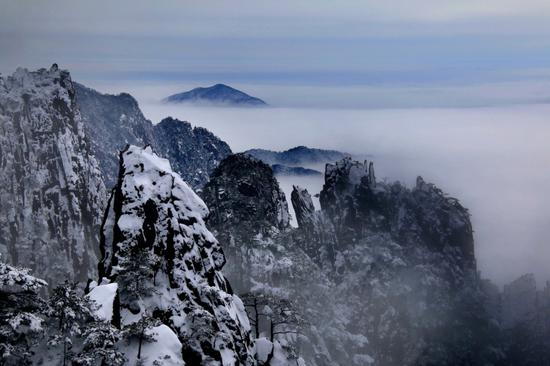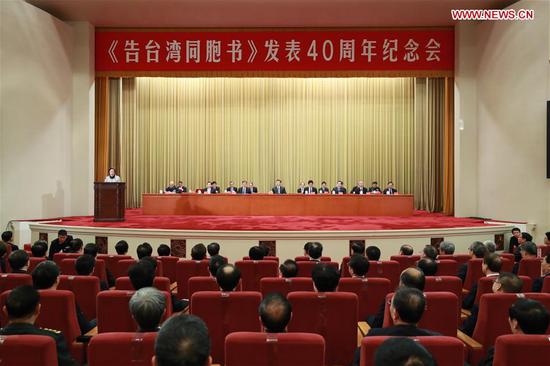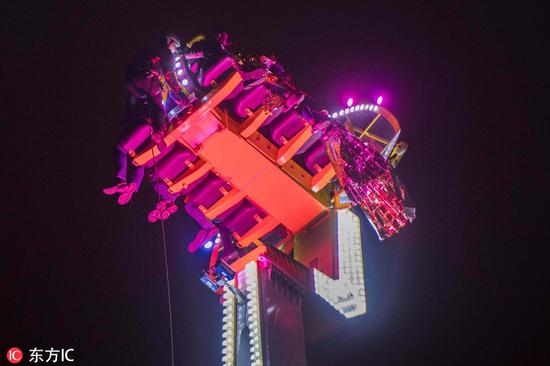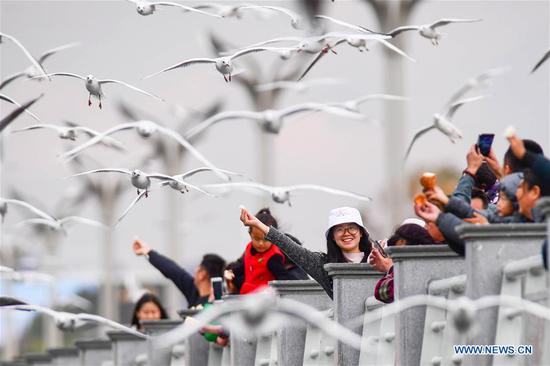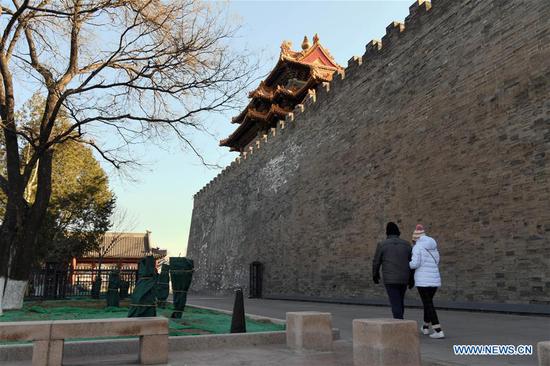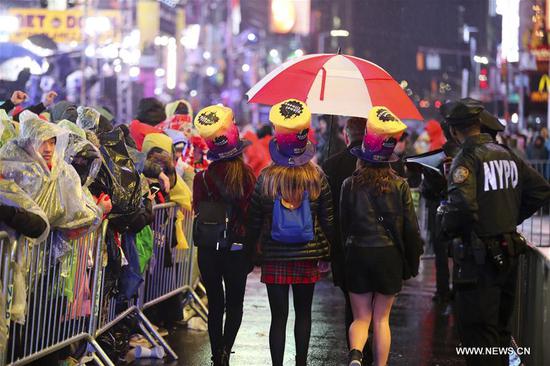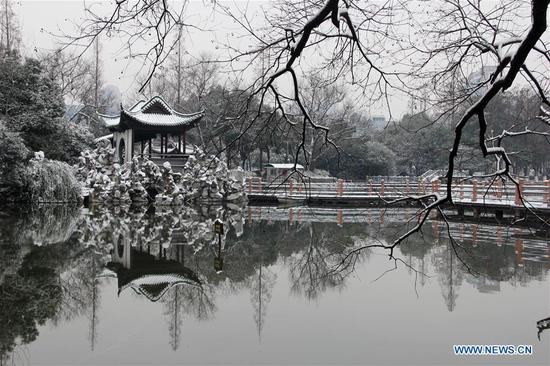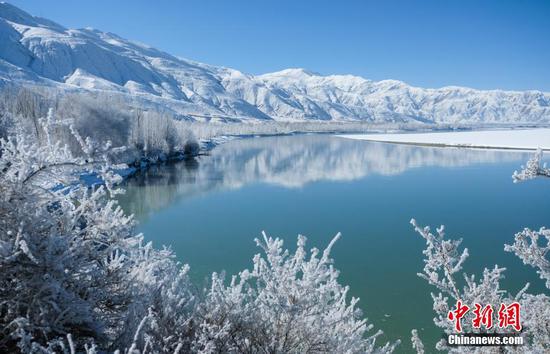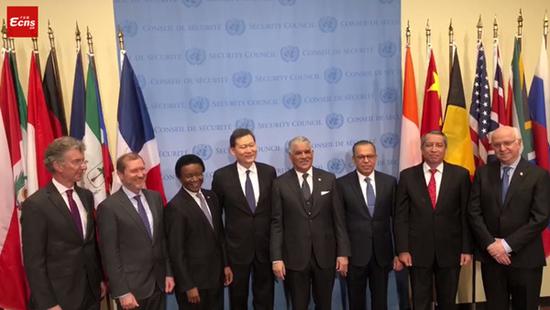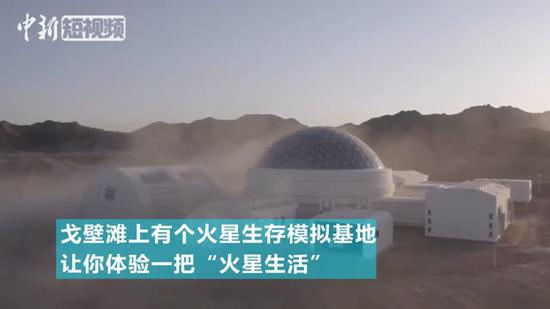China's rapid action on controlling toxic smog might have drastically reduced extremely fine particulate matter (PM2.5), but it has led to a dramatic increase of a lesser know pollutant: ground-level ozone. The phenomenon has opened doors to a relatively unexplored research area.
In a detailed study, researchers from the Nanjing University of Information Science and Technology (NUIST) and the John A. Paulson School of Engineering and Applied Sciences (SEAS), found a dramatic reduction in PM 2.5 has led to sharp increase in ozone level in Chinese megacities. A notable increase was noticed in Beijing and Shanghai.
"We haven't observed this happening anywhere else because no other country has moved this quickly to reduce particulate matter emissions," said Daniel Jacob one of the authors of the study. "It took China four years to do what took 30 years in the U.S."
In 2013, China took stringent measures including shutting down coal-fired power plants, restricting vehicular traffic, and using natural gas for heating to control emissions. Within five years, the pollution level dropped by more than 40 percent in more than 74 cities.
The study titled, "Anthropogenic drivers of 2013–2017 trends in summer surface ozone in China"published in a journal explains surface level ozone is formed when compounds released from fossil fuel or burning biomass reacts with nitrogen oxides in the presence of sunlight.
The researchers found that PM2.5 absorbs compounds responsible for generating ozone. "There was so much particulate matter in Chinese cities that it stunted the ozone production," Jacob added.
"As PM 2.5 levels continue to fall, ozone is going to keep getting worse," said Ke Li, a postdoctoral fellow at SEAS and first author of the study.
A similar level of ozone pollution triggered by emissions prevailed in many developed nations till the late 1980s. The U.S. and European countries started witnessing a declining trend after the 1990s, but the levels have been increasing in Asia.
According to a previous study, published in August last year, revealed that the present-day ozone levels in major Chinese cities are comparable to U.S. levels in the 1980s and 1990s.
"Ozone levels in Beijing today are similar to Los Angeles in the 1990s when emission controls were just beginning to have an impact on reducing ozone levels there," said Owen Cooper, a co-author on the research paper.
Breathing air with high concentration of ozone is putting people with asthma at very high risk. Children, elderly, sportspersons, and outdoor workers are also at risk. It also significantly reduces crop yield.









